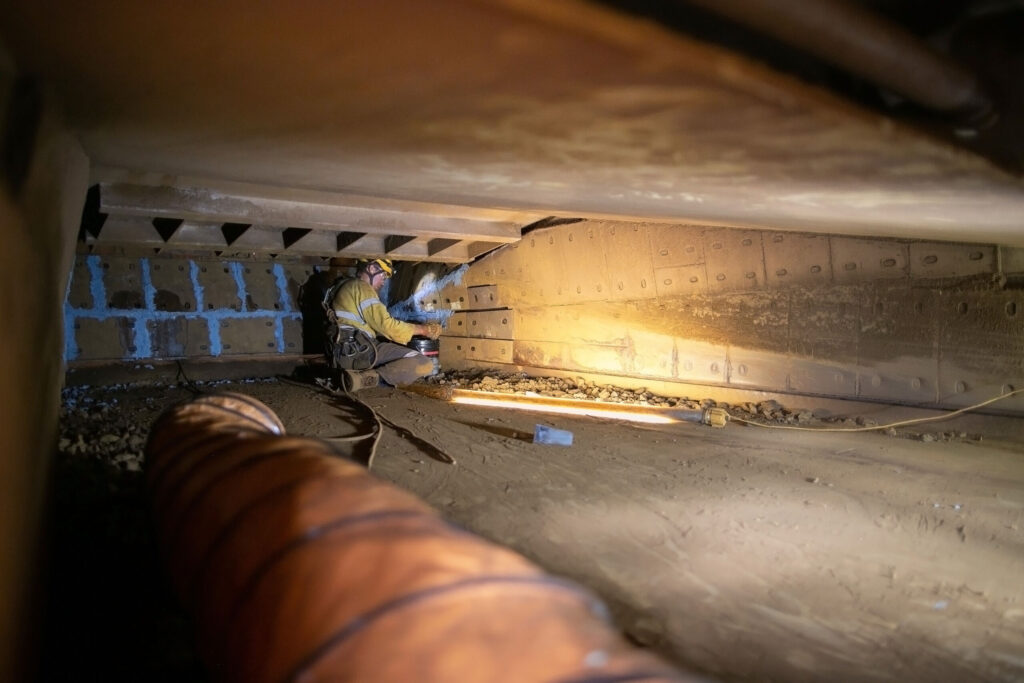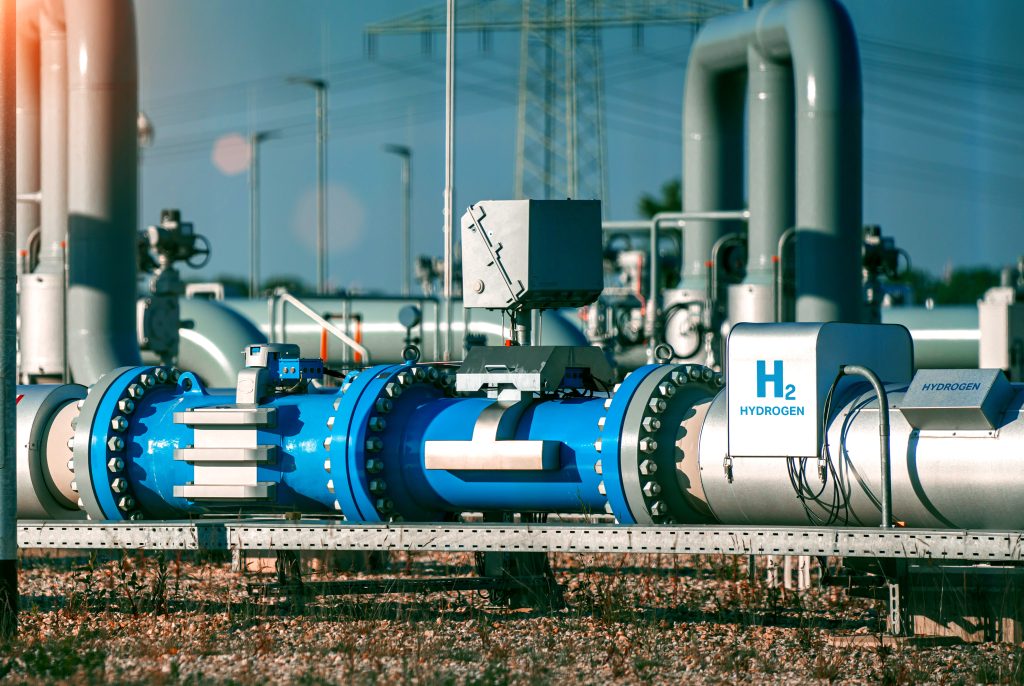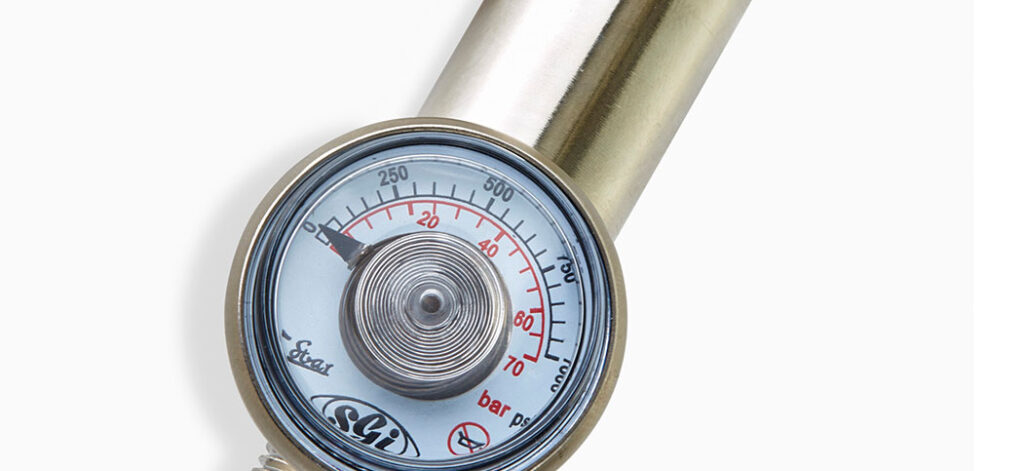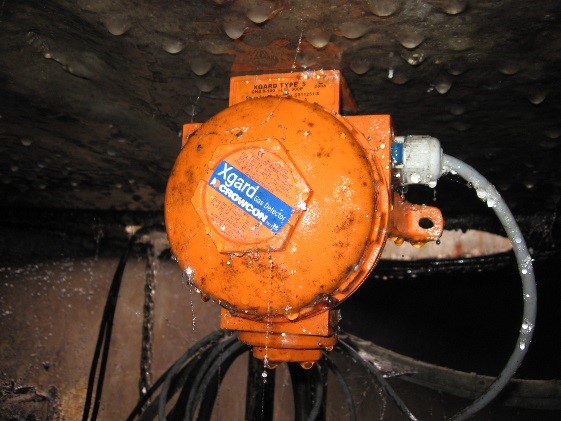Wejście do przestrzeni zamkniętej (CSE) to miejsce, które jest zasadniczo zamknięte, choć nie zawsze całkowicie, i w którym może dojść do poważnych obrażeń spowodowanych niebezpiecznymi substancjami lub warunkami w przestrzeni lub w jej pobliżu, takimi jak brak tlenu. Ponieważ są one niebezpieczne, należy zauważyć, że każde wejście do ograniczonej przestrzeni musi być jedyną i ostateczną opcją w celu wykonania pracy. Przepisy dotyczące przestrzeni zamkniętych z 1997 r. Zatwierdzony kodeks postępowania, przepisy i wytyczne jest przeznaczony dla pracowników pracujących w przestrzeniach zamkniętych, osób zatrudniających lub szkolących takie osoby oraz osób je reprezentujących.
Identyfikacja przestrzeni zamkniętej
HSE klasyfikuje przestrzenie zamknięte jako każde miejsce, w tym komorę, zbiornik, kadź, silos, dół, wykop, rurę, kanał ściekowy, przewód kominowy, studnię lub inną podobną przestrzeń, w której ze względu na jej zamknięty charakter istnieje racjonalnie przewidywalne określone ryzyko, jak opisano powyżej.
Chociaż większość przestrzeni zamkniętych jest łatwa do zidentyfikowania, identyfikacja jest czasami wymagana, ponieważ przestrzeń zamknięta niekoniecznie jest zamknięta ze wszystkich stron. Silosy zbożowe i ładownie statków mogą być bardzo duże. Mimo że wejście lub wyjście z tych obszarów może nie być tak trudne, niektóre z nich mają kilka wejść/wyjść, podczas gdy inne mają duże otwory lub są pozornie łatwe do opuszczenia. Niektóre ograniczone przestrzenie (takie jak te używane do malowania natryskowego w centrach naprawy samochodów) są regularnie wykorzystywane przez ludzi w trakcie ich pracy.
Mogą wystąpić przypadki, w których przestrzeń sama w sobie może nie być zdefiniowana jako przestrzeń zamknięta, jednak podczas pracy i do czasu przywrócenia poziomu tlenu (lub rozproszenia zanieczyszczeń poprzez wentylację obszaru), jest ona klasyfikowana jako przestrzeń zamknięta. Scenariusze obejmują spawanie, które zużywa część dostępnego tlenu do oddychania, kabinę lakierniczą podczas natryskiwania farby, stosowanie chemikaliów do czyszczenia, które mogą dodawać lotne związki organiczne (LZO) lub kwaśne gazy, lub obszar poddany znacznej korozji, która zmniejszyła ilość dostępnego tlenu do niebezpiecznego poziomu.
Jakie są zasady i przepisy dla pracodawców?
Zgodnie z nowymi przepisami OSHA (Administracja Bezpieczeństwa i Higieny Pracy) Obowiązki pracodawcy będą zależeć od rodzaju pracodawcy. Obejmują one wykonawcę kontrolującego, pracodawcę przyjmującego, pracodawcę wprowadzającego lub podwykonawcę.
Kontrolujący wykonawca jest głównym punktem kontaktowym dla wszelkich informacji dotyczących PRCS na miejscu.
Pracodawca przyjmujący: Pracodawca, który jest właścicielem lub zarządza nieruchomością, na której prowadzone są prace budowlane.
Pracodawca nie może polegać wyłącznie na służbach ratunkowych. Dedykowana służba musi być gotowa do działania w nagłych wypadkach. Ustalenia dotyczące ratownictwa awaryjnego, wymagane zgodnie z przepisem 5 dyrektywy ograniczonej przestrzeni muszą być odpowiednie i wystarczające. W razie potrzeby należy zapewnić sprzęt umożliwiający przeprowadzenie zabiegów resuscytacyjnych. Ustalenia powinny zostać wdrożone zanim jakakolwiek osoba wejdzie do zamkniętej przestrzeni lub będzie w niej pracować.
Kontrolujący wykonawca: Pracodawca, który ponosi ogólną odpowiedzialność za budowę w miejscu pracy.
Pracodawca wchodzący lub podwykonawca: Każdy pracodawca, który zdecyduje, że kierowany przez niego pracownik wejdzie do zamkniętej przestrzeni wymagającej zezwolenia.
Pracownicy są odpowiedzialni za zgłaszanie obaw, takich jak pomoc w podkreśleniu potencjalnych zagrożeń w miejscu pracy, zapewnienie, że kontrole zdrowia i bezpieczeństwa są praktyczne oraz zwiększenie poziomu zaangażowania w pracę w bezpieczny i zdrowy sposób.
Ryzyko i zagrożenia: LZO
A przestrzeń zamknięta która zawiera pewne niebezpieczne warunki, może zostać uznana za przestrzeń zamkniętą wymagającą zezwolenia zgodnie z normą. Wymagane zezwoleniem przestrzenie zamknięte mogą stanowić bezpośrednie zagrożenie dla życia operatora, jeśli nie zostaną odpowiednio zidentyfikowane, ocenione, przetestowane i kontrolowane. Wymagana przez zezwolenie przestrzeń zamknięta może być zdefiniowana jako przestrzeń zamknięta, w której istnieje ryzyko wystąpienia jednego (lub więcej) z poniższych:
- Poważne obrażenia w wyniku pożaru lub wybuchu
- Utrata przytomności spowodowana podwyższoną temperaturą ciała
- Utrata przytomności lub uduszenie spowodowane gazem, dymem, oparami lub brakiem tlenu.
- Utonięcie w wyniku wzrostu poziomu cieczy
- Uduszenie spowodowane przez swobodnie płynące ciało stałe lub niemożność dotarcia do środowiska umożliwiającego oddychanie z powodu uwięzienia przez takie swobodnie płynące ciało stałe.
Wynikają one z następujących zagrożeń:
- Substancje łatwopalne i wzbogacanie w tlen
- Nadmierne ciepło
- Toksyczne gazy, dymy lub opary
- Niedobór tlenu
- Wnikanie lub ciśnienie cieczy
- Swobodnie przepływające materiały stałe
- Inne zagrożenia (takie jak narażenie na elektryczność, głośny hałas lub utrata integralności strukturalnej przestrzeni) LZO.
Iskrobezpieczne i odpowiednie produkty dla bezpieczeństwa w ograniczonej przestrzeni
Produkty te posiadają certyfikaty zgodności z lokalnymi normami iskrobezpieczeństwa.
Przenośny detektor wielogazowy Gas-Pro Przenośny detektor wielogazowy oferuje wykrywanie do 5 gazów w kompaktowym i wytrzymałym rozwiązaniu. Posiada czytelny wyświetlacz montowany na górze, dzięki czemu jest łatwy w użyciu i optymalny do wykrywania gazów w przestrzeniach zamkniętych. Opcjonalna pompa wewnętrzna, aktywowana za pomocą płyty przepływowej, eliminuje ból związany z testowaniem przed wejściem i umożliwia noszenie Gas-Pro w trybie pompowania lub dyfuzji.
Gas-Pro TK oferuje te same korzyści w zakresie bezpieczeństwa gazowego, co zwykły Gas-Pro, oferując jednocześnie tryb Tank Check, który może automatycznie przełączać się między %LEL i %Volume dla zastosowań obojętnych.
T4 Przenośny detektor gazu 4 w 1 zapewnia skuteczną ochronę przed 4 typowymi zagrożeniami gazowymi: tlenkiem węgla, siarkowodorem, gazami palnymi i niedoborem tlenu. Detektor wielogazowy T4 jest teraz wyposażony w ulepszoną funkcję wykrywania pentanu, heksanu i innych długołańcuchowych węglowodorów.
Tetra 3 Przenośny miernik wielogazowy może wykrywać i monitorować cztery najpopularniejsze gazy (tlenek węgla, metan, tlen i siarkowodór), ale także rozszerzony zakres: amoniak, ozon, dwutlenek siarki, H2 filtrowany CO (dla hut stali).
SPOSTRZEŻENIA BRANŻOWE
Subskrybuj, aby otrzymywać najnowsze informacje
w swojej skrzynce odbiorczej
Przeczytaj o Crowcon Prywatność i Polityka plików cookie tutaj. Jeśli zmienisz zdanie, możesz zrezygnować z subskrypcji w dowolnym momencie






